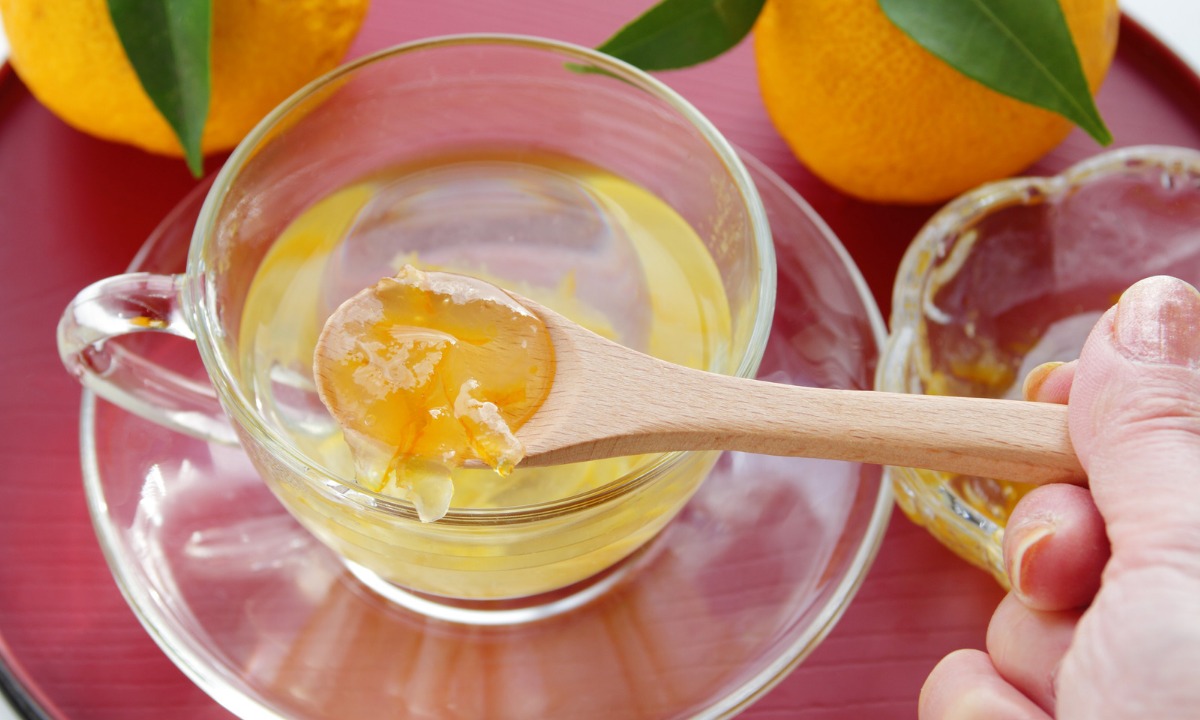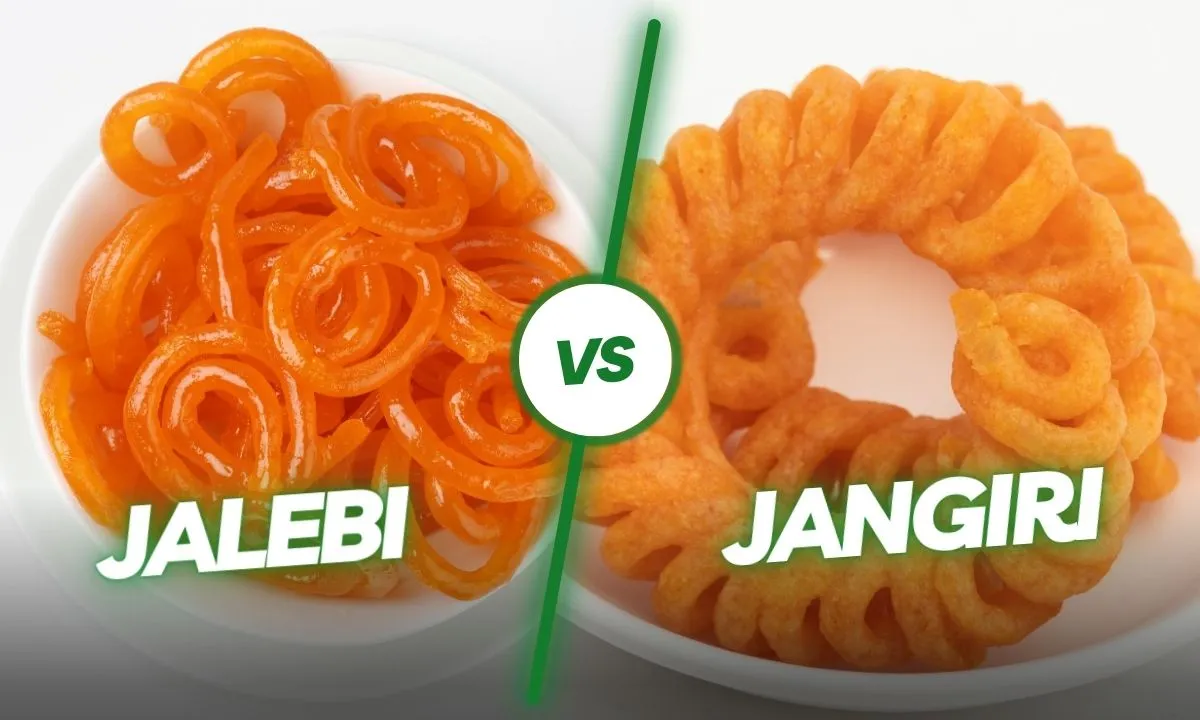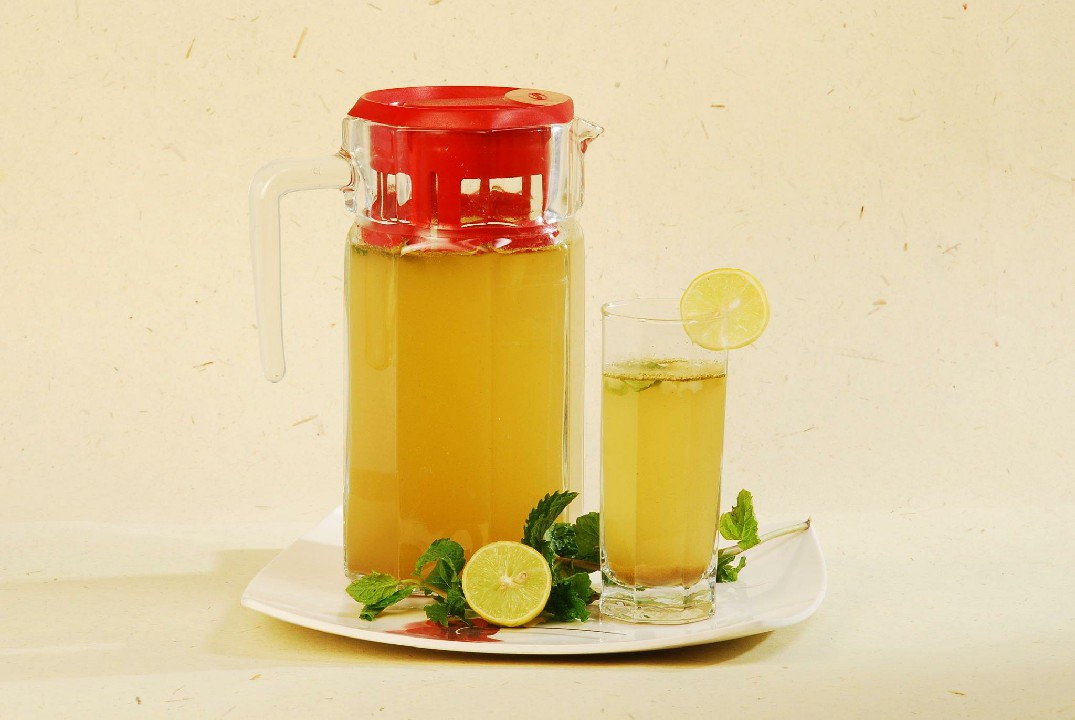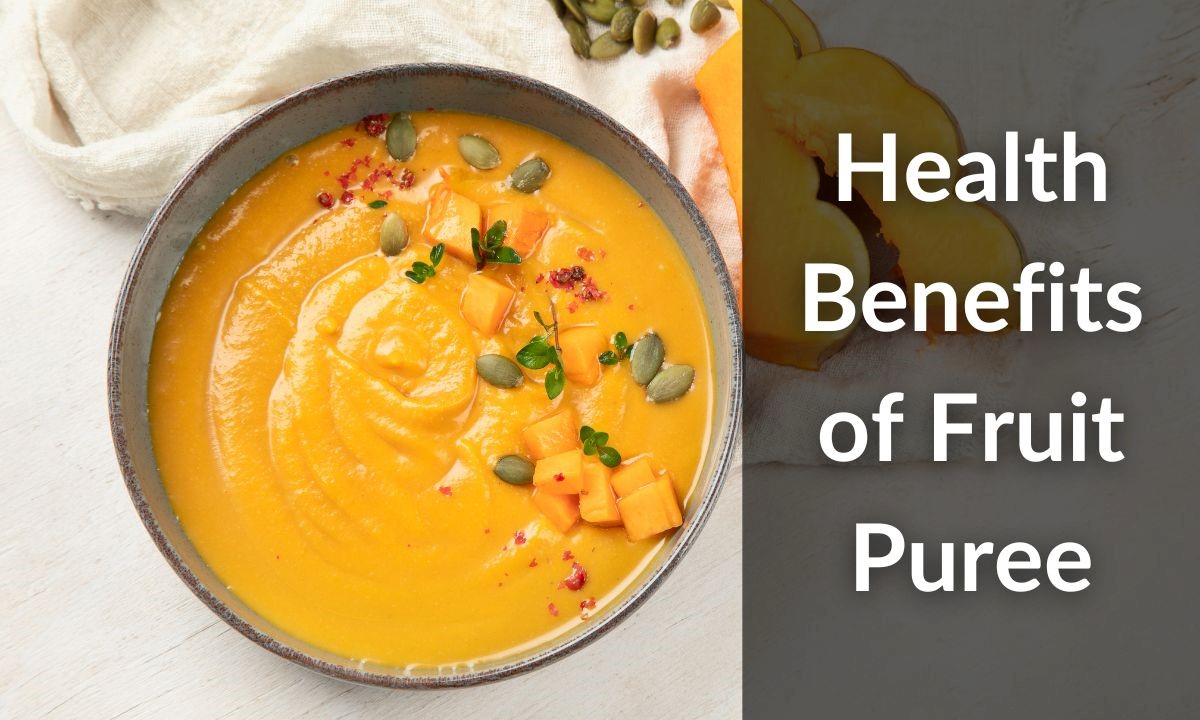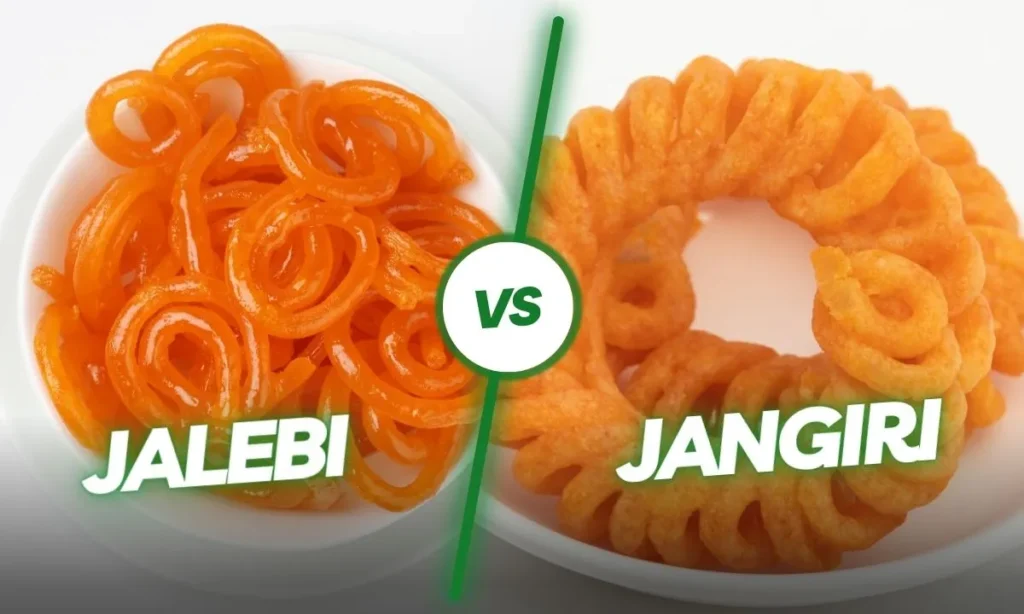
Table of Contents
Are you someone who considers jangiri and jalebi equal? If yes, you may be flabbergasted to know that they are different. Yes, you’ve heard that right! Most people often confuse jalebi and jangiri but they are completely different things.
You might have seen people using these names interchangeably–as they seem to be equal but jalebi and jangiri have a multitude of differences which include: ingredients, preparation, regional differences, texture, taste, and the like.
If you, too, are all over the map while differentiating between these desserts, you’re at the right place. Yes, this guide contains a comprehensive assessment of Jalebi vs jangiri which will let you know an end-to-end way of how they are different from each other.
Explore More!
What’s Jalebi?
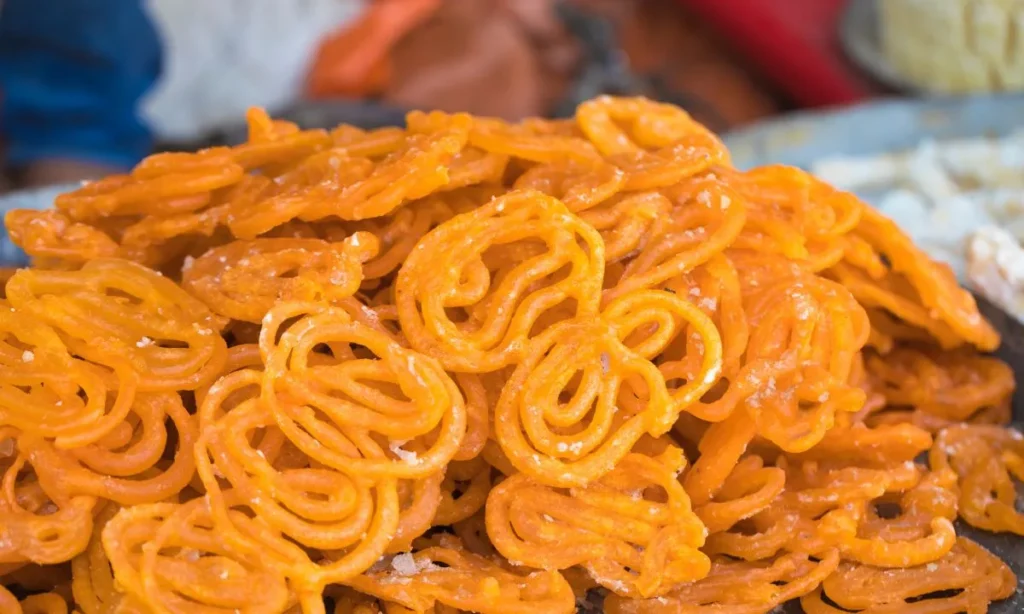
To put it in a nutshell, jalebi is a sweet dish that originated, specifically from the Indian subcontinent. The sweet dish is prepared by deep-frying a batter made using maida or chickpea flour (besan) into circular shapes. Once fried, these shapes are then dipped, thereby, soaked in sugar syrup flavored with saffron, or cardamom. It gives these shapes a kind of characteristic sweetness and aroma.
Jalebis more often tend to be served warm and are considered to be enjoyed as a dessert or snack, specifically during celebrations and festivals. They are more likely to have a crispy exterior with a slightly chewy interior that makes them preferred by people of all ages.
What’s Jangiri?
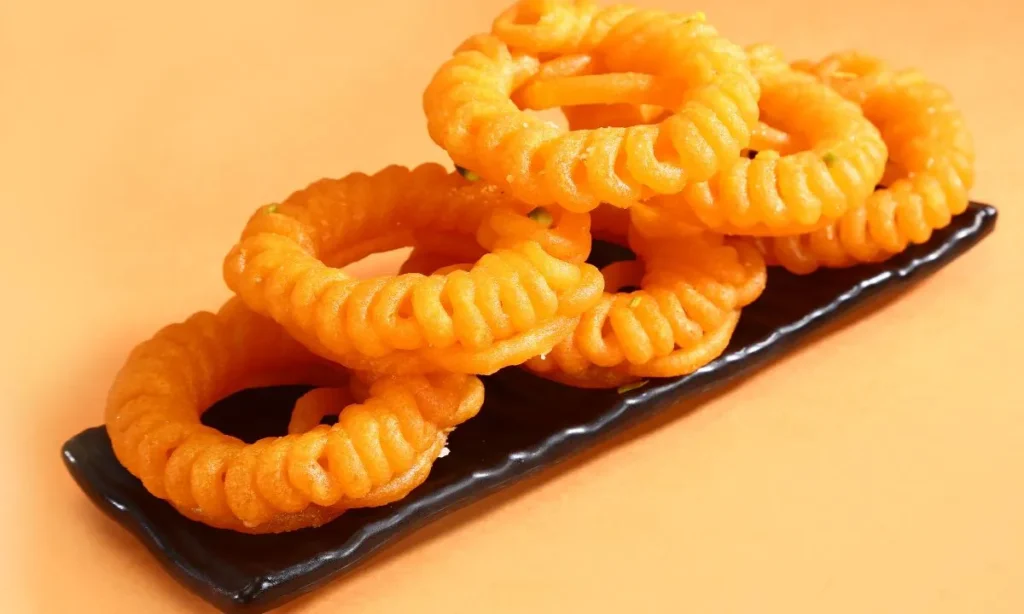
Jangiri happens to be a sugar-coated funnel-like sweet which is also known as Imarti. It tends to have alternative names, for instance, Omriti, Amriti, and Jahangir. You might be wondering why there’s that much variety in the names, right? This is because of its origin in the different regions of India. Jangiri originated in Northern India during the Mughal era.
The name Jangri, or Jangiri was given to the very sweet by the people in Kerala, however, Jangiri or imarti is often confused with Jalebi just because they seem to be similar. They all are well-known and a great alternative for dessert.
Jalebi Vs. Jangiri: 10 Key Differences Separating These Two
First off, we discussed the basics, like what’s jalebi and jangiri. This basic assessment has made us aware of the basics like what the two deserts are. Now that we’ve become aware of the basics, let’s find out the difference between Jalebi and Jangiri based on different parameters!
Ingredients
Let’s assess Jalebi and Jangiri based on their ingredients!
Jalebi is prepared using a fermented batter prepared of all-purpose flour (maida) or at times, using chickpea flour (besan). Apart from these, water, sugar, and the like, too, are mixed into it. After that, the batter is piped into hot oil in a circular shape unless it’s deep-fried and becomes crispy. Then, it is soaked in sugar syrup flavored with saffron, or cardamom.
Jangiri, aka imarti or jaangiri, is made using urad dal (black gram lentils) or at times, using a combination of rice flour and urad dal. The batter is ground to a smooth consistency and piped into hot oil that’s in a circular shape same as the case with the jalebi. After they are soaked in a sugar syrup like jalebi. The difference is that jangiris are, in general, thicker and larger compared to jalebi.
Origins
The origin of the jalebi and jangiri is another criterion that makes them different. Yes, irrespective of their similar appearance, jangiri, and jalebi both have different origins. Jangiri first originated in Northern India and is well-known in the states for instance, Rajasthan, and Uttar Pradesh and Rajasthan. In these states, it’s still largely enjoyed by most people.
On the other hand, jalebi is a matter of surprise— as this well-known sweet isn’t an Indian creation. Jalebi originated in Persia, and even after being originated in a different country, the sweet is popular in countries like India, Bangladesh, and Pakistan.
Regional Variations
The regional difference is another factor that separates Jalebi from Jangiri. Yes, Jalebi is popular across India and has now become a preferred street food by people from all walks of life.
Jangiri on the other hand, is more popular in South India, specifically in the states, for instance, Karnataka, Tamil Nadu, Karnataka, and Andhra Pradesh. The very sweet tends to be made when festivals such as Navratri, and Diwali.
Preparation
When it comes to the differences between Jalebi and Jangiri, they’re different in preparation methods as well. This could be a surprise that, although they are almost the same in appearance, the flour used to prepare them is different.
Yes, Jalebi and Jangiri both are prepared using different flours. While Jalebi is prepared using (all-purpose flour) maida, jangiri is made with urad dal flour, making both of them different in preparation.
Appearance
Like everything, both Jalebi and Jangiri appear to be similar but they are different. Yes at first, you may find them similar but when you have an intensive look you’ll realize that the jangiri comes with an aesthetic, and a flower-like appearance, the jalebi has chaotic swirls similar to pretzels.
Fermentation
The fermentation procedure is the next major difference between jalebi and jangiri. The batter that is made to be used to prepare jalebi is fermented overnight with yoghurt, intending to make it way more flavourful. Nowadays, however, yeast and antacids are in trend to be used to streamline the fermentation procedure.
On the other hand, Jangiri doesn’t require any kind of fermentation procedure and it gets prepared right away as soon as the batter is prepared.
Texture
Texture in the jangiri and jalebi is the other difference when comparing jalebi vs jangiri. Yes, jangiri is typically more gooey and soft than jalebi. It’s more on the crunchier as well as chewy side along with having a sweet syrup inside, making it different from jalebi.
Taste
Similar to all the above-mentioned criteria, taste is another term that makes jalebi different from jangiri. Jalebis tend to be sweet with a slight hint of tanginess from the fermentation procedures. Jangiris are also sweet, however, they may have a slightly different flavor just because of the urad dal in the batter.
Nutrition
Last but not least, nutrition in Jalebi and Jangiri also makes them different from each other. Both of these desserts happen to be favorites of most people, for someone self-conscious, jangiri would be the right alternative.
Yes, from a health point of view, jangiri would be better than jalebi. Since imarti is made with urad dal flour, and jalebi with maida, urad dal has a significant amount of nutrition, making it a better choice.
Conclusion:
That’s all there’s to it! Yes, we assessed jalebi vs. Jangiri on the different parameters and found several differences between them. This assessment includes criteria like ingredients, origin, regional popularity, taste, nutrition, and the like. Hopefully, you’ve got the answer to your questions, however, if there’re still some left, consider having a look at the FAQs below!
FAQs
What is Jangiri also known as?
Jangiri is also known as Amriti, or imarti or Amriti which is made of ingredients like Urad dal, sugar, and Rice.
Who invented Jangiri?
Jangiri, aka, Imarti originated in the Mughal kitchens. It’s said that it was invented in honor of Prince Salim whose name was Jehengir.
Which is better, jangiri or jalebi?
When compared from the nutrition perspective, jangiri is better than jalebi–as the former is made with urad dal while the latter is made of maida.
What is the old name of Jalebi?
Yes, this is one of the frequently asked questions by people from all walks of life. You should know that the old name of Jalebi was Zulbiya.
Why is Jalebi unhealthy?
As you know, jalebi is made up of maida and sugar, considered to fall under the category of unsafe foods, specifically for diabetics as well as for a healthy lifestyle.
